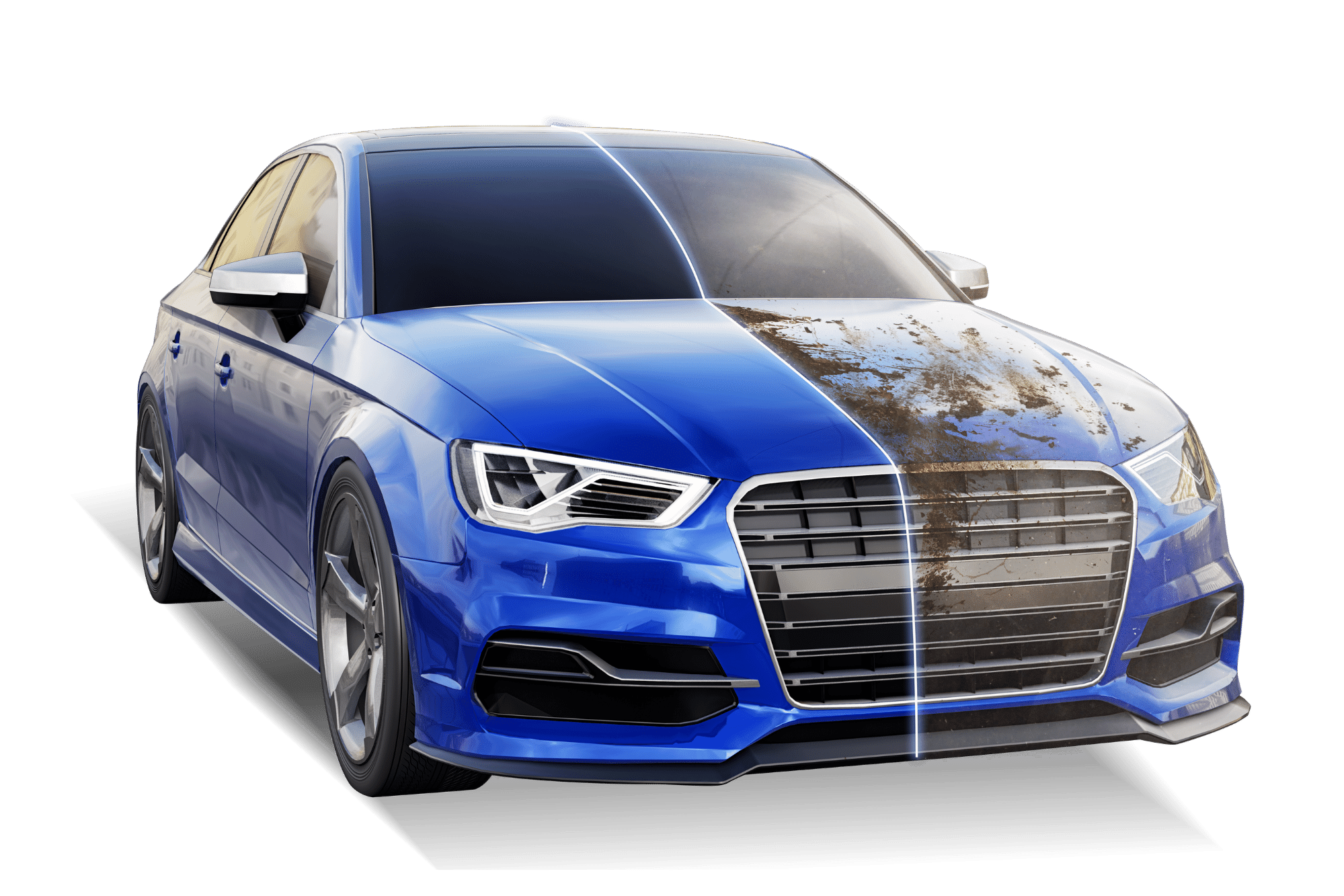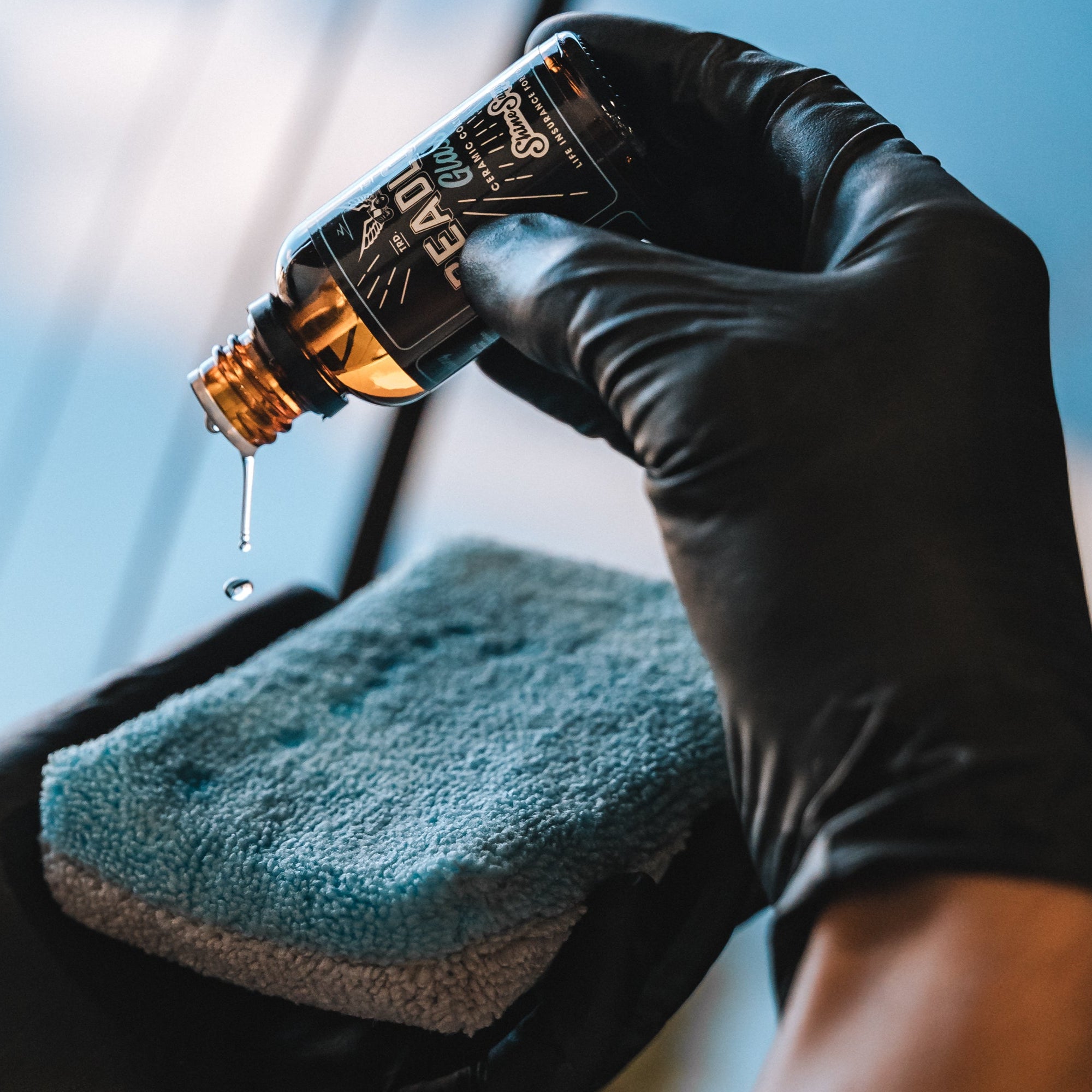Experience professional car detailing to deep clean your vehicle’s interior and exterior.
Experience professional car detailing to deep clean your vehicle’s interior and exterior.
Blog Article
A Comprehensive Guide to the Sorts Of Ceramic Finishing on the marketplace
Ceramic finishings have actually arised as a crucial service throughout numerous markets due to their unique homes and applications. From silica-based formulas recognized for their effectiveness to hybrid options that merge numerous advantages, the selections readily available can be frustrating. Recognizing the subtleties of each type, including their certain benefits and excellent use situations, is vital for making educated decisions. As we explore the distinct features and applications of these finishings, the implications for efficiency and long life become increasingly obvious, questioning regarding which type could finest match your needs.
Comprehending Ceramic Coatings
Ceramic finishings are sophisticated protective options that have acquired appeal in various markets, specifically in automobile and aerospace applications. These finishes consist of a fluid polymer that, when treated, develops a resilient, hydrophobic layer on the surface of the substrate. This layer provides enhanced resistance to environmental pollutants, UV radiation, and chemical direct exposure, consequently expanding the life and visual appeal of the underlying material.
The basic part of ceramic finishes is silica, which adds to their solidity and longevity. The application process usually entails surface area preparation, application of the finish, and curing, which can be attained through warmth or UV light. Once treated, ceramic coatings show remarkable bonding properties, allowing them to stick highly to a variety of surfaces, consisting of steels, plastics, and glass.
In addition to their safety features, ceramic coatings also supply convenience of upkeep. Their hydrophobic nature lowers the adherence of dust and gunk, making cleansing easier and much less frequent. On the whole, the adoption of ceramic finishings represents a considerable innovation in surface protection technology, supplying both functional and visual advantages throughout several markets.
Kinds Of Ceramic Coatings
Various kinds of ceramic coverings are offered, each made to meet certain performance needs and applications - Car Detailing. One of the most typical types consist of:
Silica-based Coatings: These layers largely contain silicon dioxide and are understood for their durability and chemical resistance. They are widely utilized in vehicle and industrial applications.
Titanium Dioxide Coatings: Distinguished for their photocatalytic buildings, titanium dioxide layers are typically applied in settings where self-cleaning and antifungal residential or commercial properties are desirable, such as in structure products and vehicle surfaces.
Zirconia Coatings: Characterized by their high-temperature security and thermal resistance, zirconia coatings are used in applications such as turbine engines and high-performance automobile parts.
Alumina Coatings: Displaying exceptional hardness and thermal security, alumina layers are regularly made use of in wear-resistant applications, including reducing devices and commercial machinery. - Car Detailing
Crossbreed Coatings: Incorporating the residential properties of numerous materials, crossbreed coatings provide boosted efficiency characteristics, making them ideal for special and requiring applications.
Each kind of ceramic finishing serves distinctive purposes, enabling individuals to pick the most suitable option based upon certain environmental conditions and efficiency needs.
Advantages of Ceramic Coatings
Coatings play an important role in improving the performance and long life of surface areas across different sectors. Ceramic layers, specifically, deal many advantages that make them significantly popular among manufacturers and consumers alike. Among the key advantages is their phenomenal longevity. These coatings are resistant to scratches, chemicals, and UV rays, making sure that the underlying surface continues to be safeguarded over time.
Along with longevity, ceramic coverings offer excellent hydrophobic buildings, permitting easy cleansing and maintenance. This water-repellent nature decreases the adherence of dirt, crud, and other impurities, which can lengthen Source the aesthetic appeal and go performance of the surface. Ceramic layers can considerably enhance thermal resistance, making them excellent for applications that endure high temperatures.

Application Process
When applying ceramic layers, a thorough method is necessary to attain optimal results. A tidy surface guarantees proper adhesion of the covering.
Once the surface is prepped, the next action is to use the ceramic finishing. This can be done utilizing an applicator pad or a microfiber towel, making certain even coverage. It is vital to operate in small sections to preserve control and protect against early treating. The coating needs to be used in slim layers, as thicker applications can cause unequal finishes.
After application, the coating calls for a particular healing time, generally varying from a few hours to a full day, depending on the item. Following these actions diligently will take full advantage of the efficiency and long life of the ceramic finishing, giving a sturdy protective layer for the surface area.
Upkeep and Long Life
To guarantee the durability and performance of a ceramic finishing, regular maintenance is vital. Ceramic coatings, understood for their durability and protective high qualities, require certain care routines to optimize their lifespan and efficiency. The initial step in upkeep involves regular washing with pH-neutral soap, avoiding harsh chemicals that can weaken the coating. It is a good idea to wash the automobile frequently, ideally every two weeks, to stop the accumulation of pollutants that might jeopardize the these details covering's stability.
Along with normal washing, routine evaluations are essential. Look for indicators of wear or damages, such as hydrophobic properties lessening or surface area blemishes. If necessary, a light gloss may be applied to rejuvenate the layer without removing it away.
Moreover, the application of a booster spray can improve the layer's hydrophobic impacts and restore its gloss. This is especially valuable for coverings that have actually been in usage for a prolonged period. Inevitably, by sticking to these upkeep practices, one can dramatically prolong the life of a ceramic coating, making sure that it continues to provide optimum protection versus ecological factors and preserve the aesthetic charm of the vehicle.
Final thought

Report this page